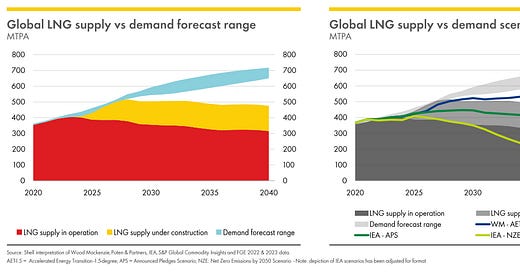'Carbon neutral' LNG 2.0
A recent shipment of ‘carbon neutral’ LNG between Australia and Taiwan is the first of its kind to be delivered under a new framework supposed to give greater clarity over its origin.
The stakes could not be higher.
The continued growth in LNG over the next couple of decades hinges upon continued demand growth from China and other economies in the region - countries endowed with ample supplies of thermal coal - being persuaded that ‘carbon neutral’ LNG represents a genuine cleaner alternative.
Japan regained its spot as the worlds biggest LNG importer in 2022, according to provisional trade data, pushing China back into second place. South Korea follows in a distant third place, with India and Taiwan someway behind. The strong demand for LNG from these countries has been driven by their quest to reduce their dependence on imported oil, and to accelerate the switch away from thermal coal generation. Beginning in mid-2019, LNG importers in Japan, China and elsewhere in north east Asia began to import increasing amounts of LNG marketed as ‘carbon neutral’.
An LNG cargo can be sold as carbon neutral if the carbon emissions from the full life cycle of the natural gas have been offset through the purchase of high quality carbon credits equivalent to the emissions. This includes the Scope 1, 2 and 3 emissions released into the atmosphere during upstream gas production, liquefaction, shipping and end-user combustion. Note that this does not mean that the LNG cargo creates zero emissions, merely that they have been offset (see Owning up to Scope 3: How investors should think about the SEC's proposed disclosure requirements).



